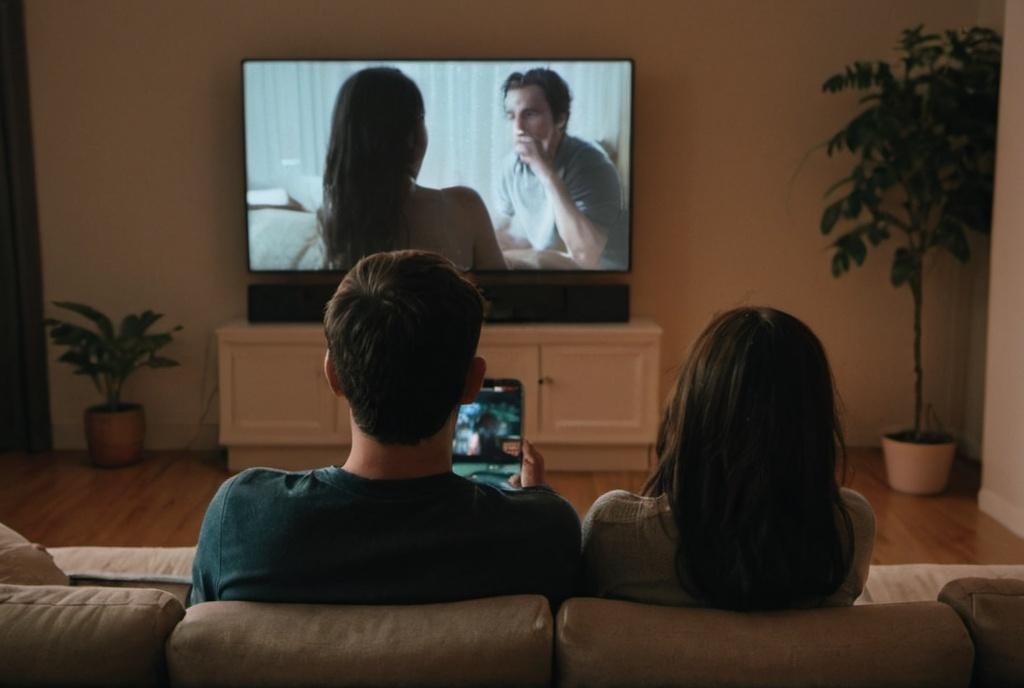
Key Take Aways About lighting techniques for film
- Three-Point Lighting: Involves key, fill, and backlight for depth and clarity.
- Natural Light: Offers authenticity, especially during golden hour.
- Low-Key Lighting: Emphasizes shadows for suspenseful genres like noir.
- High-Key Lighting: Creates bright, cheerful scenes, common in rom-coms.
- Practical Lighting: Uses visible light sources for realism.
- Hard vs. Soft Lighting: Hard for drama; soft for romance.
- Gels and Diffusers: Alter light color and texture for mood.
- Storytelling Tool: Enhances narrative and emotions.
- Budget Efficiency: Effective lighting doesn’t require big budgets.

The Importance of Lighting in Film
Lighting techniques in film are like the secret sauce in a killer recipe—they can make or break the final product. Sure, lighting might not be the most glamorous part of movie-making, but without it, you’d be left with a murky mess rather than that Oscar-winning scene. So, buckle up as we wander into the world of movie lights, and I promise no jargon. Well, maybe a tiny bit of jargon, but only because “three-point lighting” sounds fancier than just plain “lights.”
Setting the Scene: Three-Point Lighting
Three-point lighting is kind of like the PB&J of the film world. It’s a classic. This method includes key light, fill light, and backlight. The key light is the main one, like the star of the show, casting the principal light onto the subject. Then, we’ve got the fill light, which does what it says on the tin—fills in those shadows. Last but not least is the backlight, which helps separate the subject from the background, creating depth. Think of it as a layer of frosting on a cake that adds that little bit of extra zing.
Tinkering with Natural Light
Natural light is the wild card. It’s unpredictable, but when used right, it can make a scene feel remarkably authentic. Take Terrence Malick, for example, who’s practically built a career out of chasing the golden hour. That’s that magic time just after sunrise or before sunset when the light is soft and even. You won’t find him lugging around a truckload of lights. Oh no, he’s all about that natural glow.
Low-Key Lighting: The Dark Side
Then there’s low-key lighting, which isn’t just fancy talk for dimming the lights. It’s the kind of lighting that makes film noir what it is. Shadows, contrasts, mystery—perfect for when you’re channeling your inner detective. This technique creates suspense and tension, ideal for thrillers and horror movies. Just remember, it’s not about turning off most of the lights. It’s about deliberately using shadows to paint emotions.
Cinema’s Bright Side: High-Key Lighting
On the flipside, high-key lighting is all about brightness and cheerfulness. You’ve probably seen it in every rom-com ever made. It’s the kind of lighting that makes everything look like a burst of sunshine. It’s not about blasting the entire set with light, though. The objective is to achieve minimal shadows and a bright, even look. Perfect for those scenes where everyone’s grinning like Cheshire cats.
Practical Lighting: Everyday Illumination
Practical lighting involves using light sources that are visible within the scene. Lamps, candles, even that dodgy streetlight down the road. They make the world look lived in. Horror flicks love this trick. Flickering bulbs can ramp up the tension faster than a runaway train. It’s about blending the light sources into the narrative seamlessly.
Hard and Soft Lighting: It’s All About the Mood
The debate between hard and soft lighting is like choosing between rock and roll or jazz. Hard lighting is intense and direct, casting sharp shadows—great for gritty dramas where every wrinkle tells a story. Meanwhile, soft lighting is gentle, with diffused shadows. It’s what gives romantic dramas their dreamy, washed-out vibe. Each has its place, and often films use a bit of both, depending on the mood they want to convey.
Gels and Diffusers: Changing Colors and Textures
Let’s not forget about gels and diffusers. While gels change the color of the light, diffusers soften it. Gels can make a scene feel cold and sterile with blue hues or warm and inviting with orange tones. It’s like mood rings for lights. Meanwhile, diffusers scatter light and reduce its intensity, creating that soft, flattering glow.
The Impact of Lighting on Storytelling
Lighting isn’t just about technicalities or setting a tone. It’s also a storytelling tool. Remember the dimly lit room in “The Godfather” where Michael Corleone makes his big decisions? Yeah, that’s not random. The lighting reflects his moral ambiguity and the creeping darkness of his actions. In film, lighting nudges the audience’s emotions and expectations, sometimes subconsciously.
Lighting Techniques and Budget Considerations
But hey, let’s not kid ourselves. All this lighting chatter doesn’t matter if you’re working with a shoestring budget. Understanding how to use basic lights efficiently can save you time and money. Whether you’re shooting an indie or working on a blockbuster, good lighting decisions aren’t about throwing cash at problems. It’s about making the most of what you have, from reflecting sunlight with a simple board to using a bulb to mimic a streetlamp.
Conclusion
So, there you have it. Lighting in film isn’t just about making sure the audience can see what’s happening. It’s a tool, a mood setter, and sometimes, even a character in its own right. From harnessing the unpredictability of natural light, to painting scenes with color gels, good lighting is about enhancing the story, creating depth, and guiding the audience’s emotions. So, next time you’re watching a film, maybe take a moment to appreciate the subtle art of lighting—it might just change the way you see the scene.



